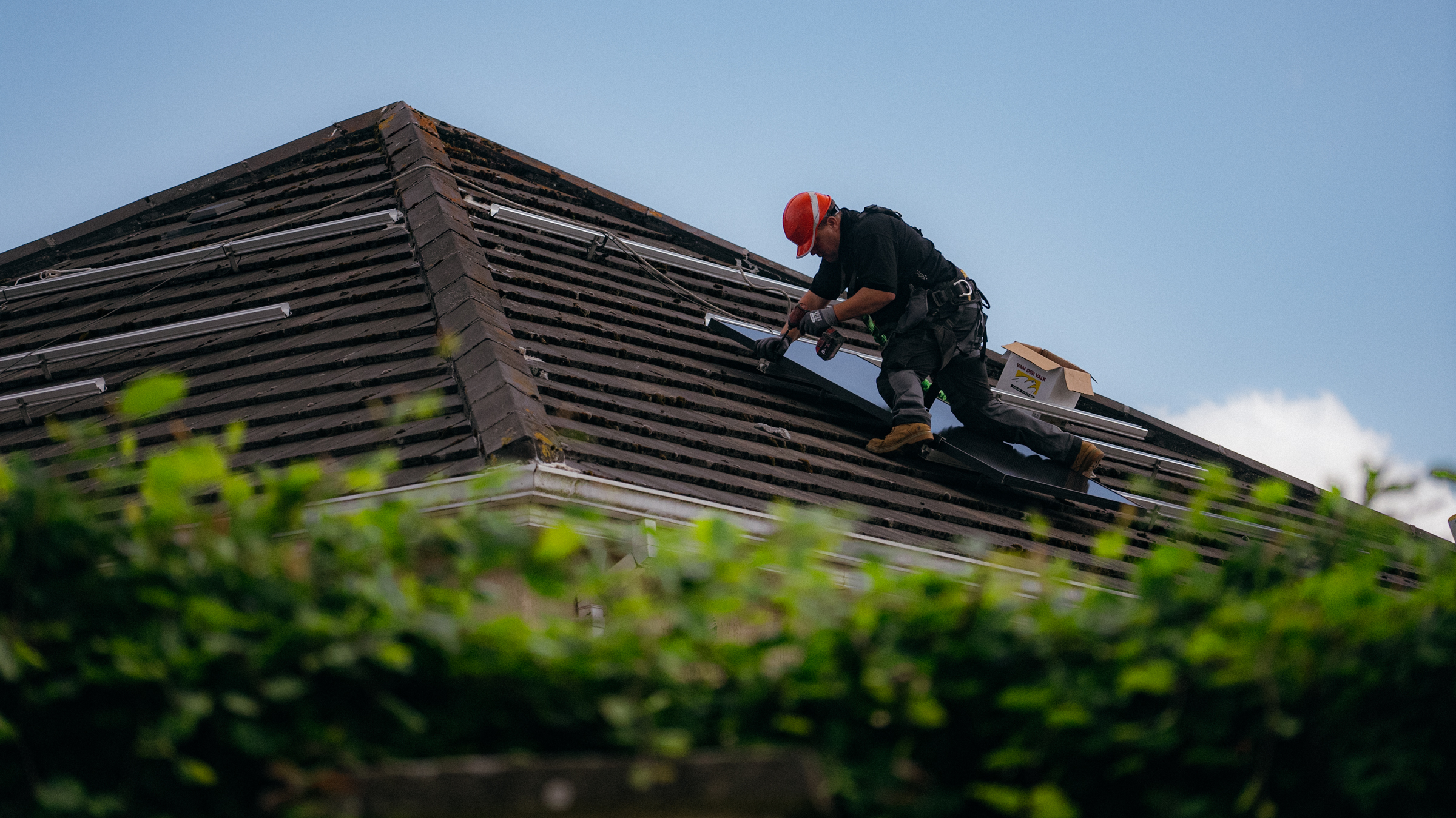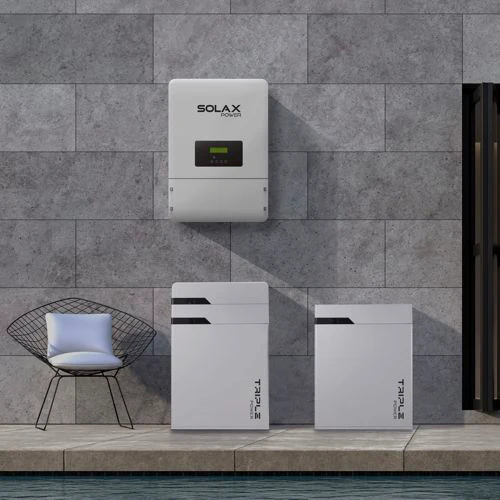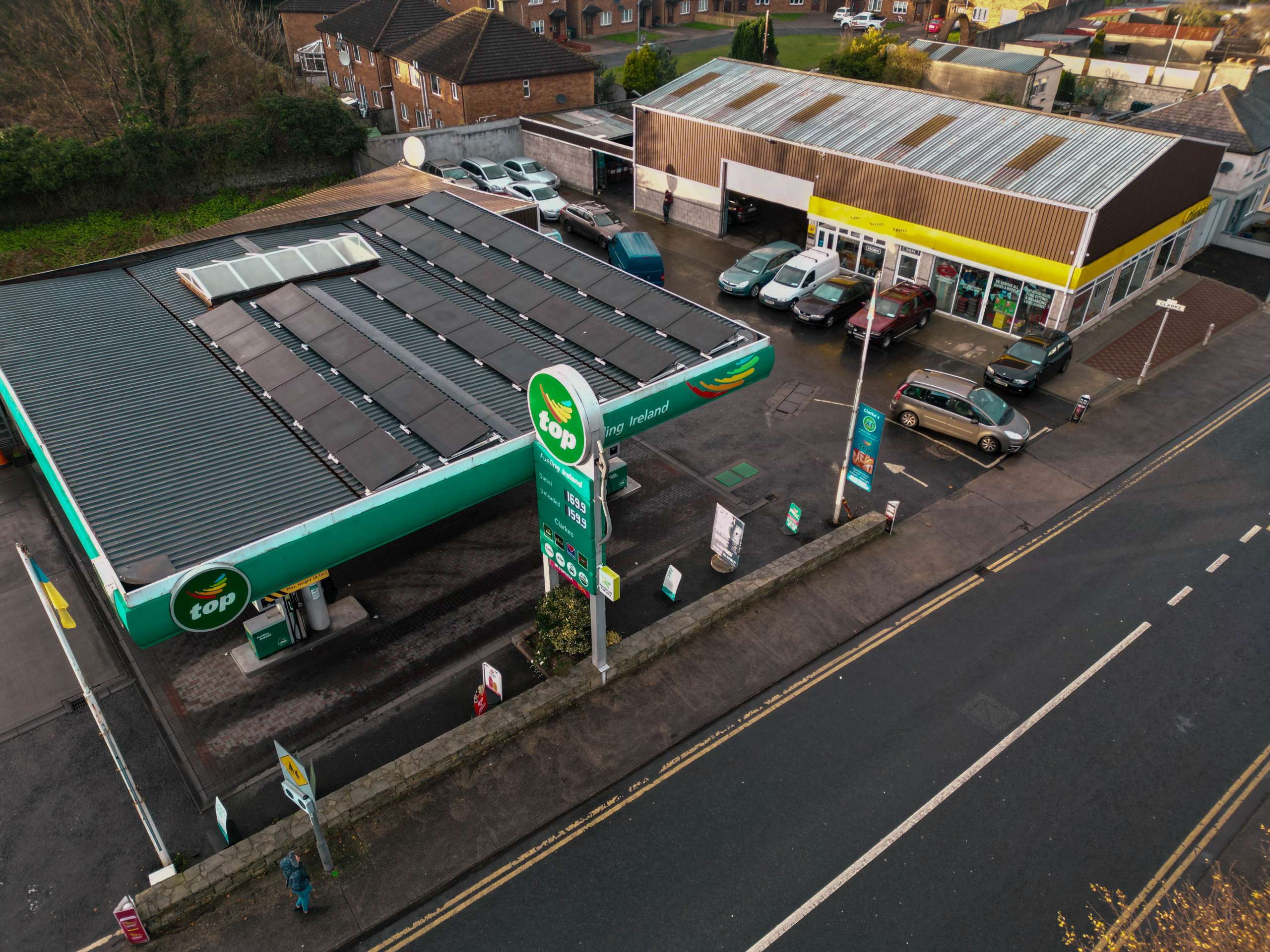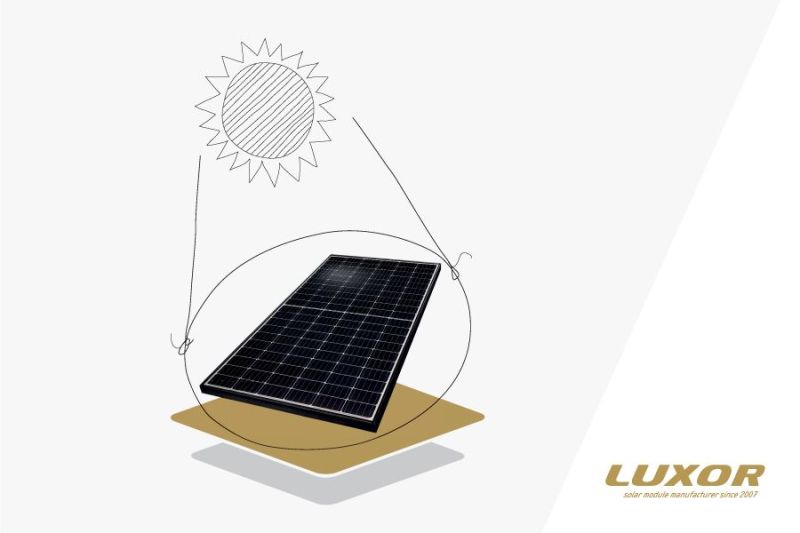At Solar Generation, we’re dedicated to shedding light on the immense benefits of integrating solar energy solutions into your lifestyle. Our comprehensive guide to solar aims to highlight the transformative potential of solar power, tailored specifically for the Irish landscape.
Understanding Solar Power
Solar power involves the conversion of sunlight into usable electricity. This is achieved through solar panels, which consist of transparent photovoltaic (PV) glass and PV cells responsible for converting sunlight into electricity. The electricity generated by solar panels can then be utilised to power homes, farms, and businesses across the country.
Generating Electricity with Solar Power
Solar panels, once installed on rooftops, are connected to an inverter and, in some cases, a battery. When sunlight hits the panels, electronic flow is initiated, generating direct current (DC) electricity. However, most electrical devices operate on alternating current (AC). Hence, the DC electricity generated by the panels needs to be converted into AC using an inverter.
There are two main types of inverters:
Single-String Inverter:
Responsible for transforming the direct current (DC) produced by a single string of solar panels into alternating current (AC), whatever energy is generated by this system must be used within the home, diverted to a hot water cylinder or sent to the grid for credit.
Hybrid Inverter:
An intelligent solution, the hybrid inverter intelligently manages surplus solar energy, storing it in battery systems for later self-use. Leveraging artificial intelligence (AI), hybrid inverters prioritise electricity demand, directing excess power to battery storage. This surplus energy can assist in load balancing by providing additional power when needed, regulate water heating after sunset, and enable smart charging by leveraging cheaper flexible tariffs offered by energy retailers.
Exploring Solar Panel Technologies
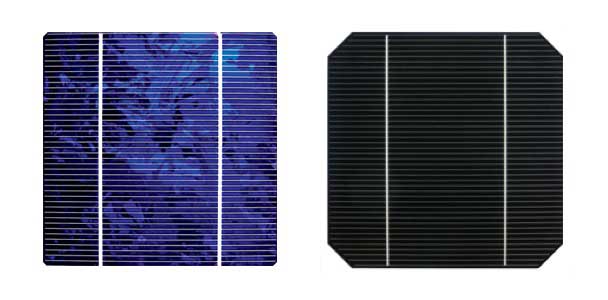
The two primary types of solar PV panels prevalent in the Irish market are mono-crystalline and polycrystalline panels. Mono-crystalline panels are more efficient and of higher quality, albeit more expensive, as they are made of a single silicon crystal. This technology is commonly used across Ireland to utilise not only the performance but also the aesthetic appeal that an all black panel brings.
The other technology available is polycrystalline, these panels are composed of melted silicon fragments and are less efficient but offer a more cost-effective option. You may see these on much older installations in Northern Ireland when solar was incentivised 10 years ago. Polycrystalline is also often used for commercial applications as the roof is typically not visible from the ground and at scale there is an argument to prioritise the cost per watt.
Solar Generation prides itself on offering state-of-the-art solar PV panels tailored to the unique demands of the Irish market. Our mono-crystalline panels exemplify excellence in efficiency and affordability. Leveraging innovative technologies like PERC and TOPCon, our panels epitomise reliability and performance, ensuring sustained energy generation for years to come.
Solar Panel Lifespan and Performance
Solar panels generally have a guaranteed warranty ranging from 20 to 30 years, during which their efficiency gradually declines. However, even after this period, solar panels remain functional and continue to generate electricity. Numerous solar panel projects deployed in the 1980s in the U.S. are still operational today, underscoring the longevity and durability of solar technology.
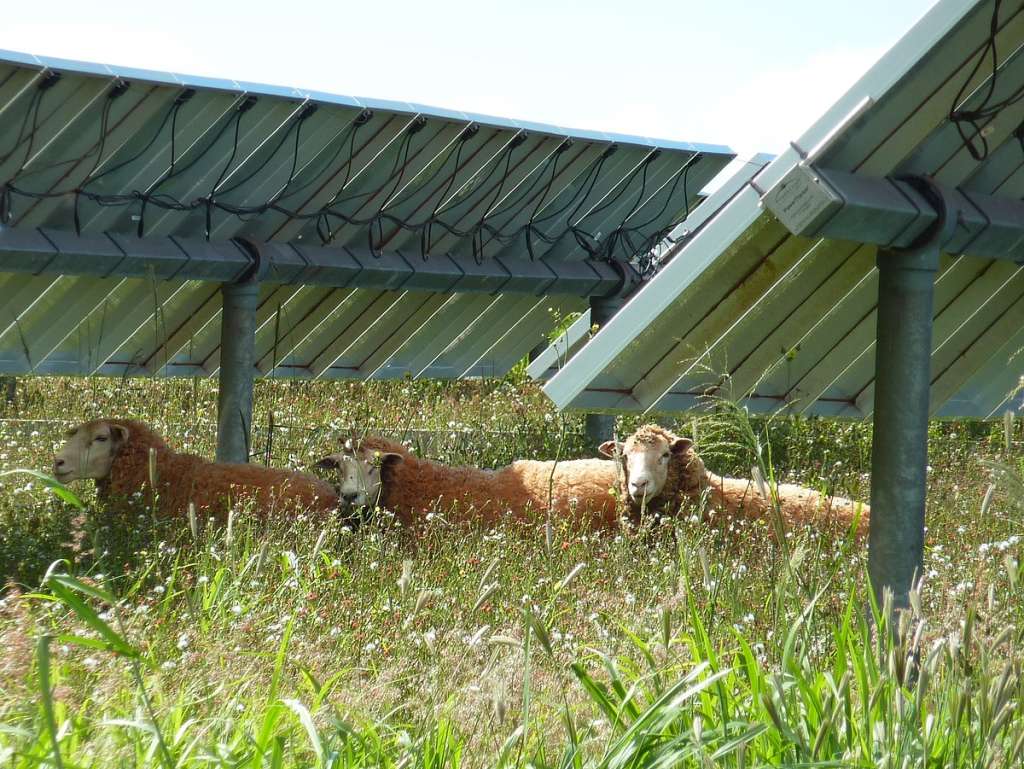

Performance in Various Weather Conditions
Contrary to popular belief, modern solar panels function effectively even on cloudy, rainy days. While they are most efficient in direct sunlight, they will still generate power using available light, irrespective of weather conditions. We have numerous systems installed over 5 years that can support this claim. Despite Ireland not having the climate conditions like some of her European counterparts, solar energy remains effective, boasting an average performance ratio of 80% to 85%!
Advantages of Solar Power
Embracing solar power offers numerous advantages, including:
- Substantial reduction in electricity bills
- Potential earnings from surplus energy generation
- Low maintenance costs due to the absence of moving parts
Government Incentives for Solar Energy
The Irish government provides incentives to encourage the adoption of solar energy. The SEAI solar electricity grant assists homeowners in covering the costs of installing solar PV panels, thereby promoting renewable electricity generation.
- For solar PV systems up to 2 kWp (kilowatt peak), you can receive €800 per kWp. For example, If you install a 2 kWp system, you’ll receive a grant of €1600 (€800/kWp * 2 kWp).
- If your system is larger than 2 kWp but no more than 4 kWp, you’ll receive an additional €250 per kWp. For example, for a 3 kWp system, you’ll receive a grant of €1850 (€1600 + €250).
- The total grant is capped at €2100 for systems up to 4 kWp. This means if you install a 4 kWp system, you’ll receive the maximum grant of €2100.
How to Apply for a Grant
All homeowners, including private landlords, whose homes were built and occupied before 2021 are eligible to apply for the SEAI solar electricity grant.
We hope you found our guide to solar helpful! For a complimentary site survey and quotation, feel free to reach out to our dedicated team. We are here to address any inquiries and guide you through the entire process.
Contact us via 071 931 0111 or submit an enquiry form here.

